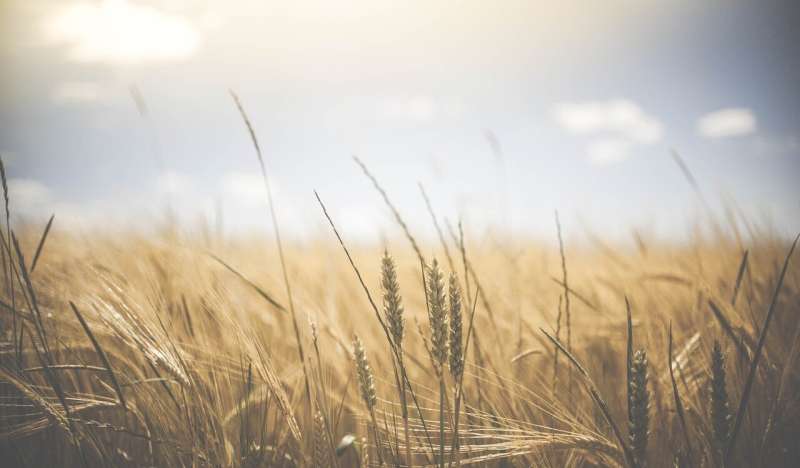Pre-crop values from satellite images to support diversification of agriculture

Pre-crop values for a high number of previous and following crop combinations originating from farmers' fields are, for the first time, available to support diversification of currently monotonous crop sequencing patterns in agriculture. The groundbreaking method utilizing satellite images was developed by Natural Resources Institute Finland (Luke) in collaboration with Finnish Geospatial Research Institute (FGI).
Luke has developed together with FGI a dynamic method to derive Normalized Difference Vegetation Index (NDVI) values to estimate pre-crop values on a field parcel scale from open Copernicus Sentinel-2 data. "The method is based on estimation of NDVI-gap, which was originally developed for Luke's Land Use Optimization -tool available for each Finnish farmer on EconomyDoctor-portal", says Research Professor Pirjo Peltonen-Sainio.
Pre-crop value is a measure that indicates the benefits of a previous crop for a subsequent crop in crop sequencing. Thereby, understanding on pre-crop values facilitates diversification of crop production. This again is a core measure for sustainable intensification of agricultural systems.
Digitalization can replace resource intensive field experimentation
Traditionally, long-term multi-locational field experiments are needed to identify pre-crop values. Such experiments are very resource intensive and therefore, they evaluate pre-crop values only for a limited number of previous and subsequent crops. With the new method data on pre-crop values can be updated and expanded every year, and implemented across continents.
"To develop the novel method, a total of 240,000 NDVI-values were used. With such vast data pre-crop values were determined for an exceptionally high number of previous and subsequent crop combinations", describes Luke's Senior Scientist Lauri Jauhiainen.
For the test-region in the southwest of Finland, the pre-crop values ranged from +16 percent to -16 percent. Especially grain legumes and rapeseed were valuable as pre-crops, which is well in line with results from field experiments.
The method had some limitations as well. "For example, there is insufficient data on crops mostly cultivated in monoculture rotations for estimation of the value of a high number of alternative previous crops", says Peltonen-Sainio. This was especially true for potatoes and sugar beet in Finland, for which spring and winter cereals were the only pre-crops with sufficient data for their pre-crop values.
"Data on pre-crop values can, however, be updated and regionally expanded every year. Now we just concentrated on developing the method per se", reminds Jauhiainen. Scarce knowledge on pre-crop choices may limit farmers' actions towards diversification of monotonous potato and sugar beet sequencing. On the other hand, these findings emphasize that the future experiments should focus on estimating pre-crop values for such previous and following crop combinations which suffer from insufficient on-farm data.
The researchers have published their findings as an open access-paper in Frontiers in Plant Science.
More information: Pirjo Peltonen-Sainio et al. Pre-crop Values From Satellite Images for Various Previous and Subsequent Crop Combinations, Frontiers in Plant Science (2019). DOI: 10.3389/fpls.2019.00462
Provided by Natural Resources Institute Finland


















